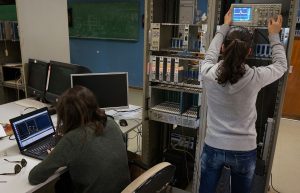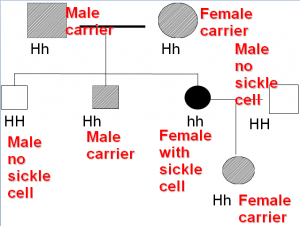1- A researcher compares a certain group of people with a disease to another group of people without that disease. What is the type of this study and what is the ratio associated with it?
The study is case-control study and the ratio is Odds ratio (OR). Patients with lung cancer had higher odds of smoking history than those without lung cancer.
Cohort study compares the future occurrence of a disease due to exposure to a predisposing factor or a risk factor with those are not exposed to them. The ratio related to it is relative risk (RR). Smokers have a higher risk of developing lung cancer than non-smokers.
2- A 70 year-old man with a history of smoking and high cholesterol complains of urinary problems. Further workup reveals insufficient blood supply to the urinary bladder. What is the responsible artery?
This is Anatomy question implemented in a clinical scenario. The question is: what is the blood supply of the urinary bladder?. Vesicular branches of the internal iliac artery is the correct answer.
3- A 40 year-old man visits his physician for a physical examination. The only complaint was wondering why his shoes size is extremely larger than what it was 3 years ago. On examination, you notice protrusion of his eyebrows and coarsening of facial features which the patient denies having them in the past. What is the name of this disease? what is the hormone responsible for this condition? and what are the hormones that regulate the responsible hormone?
This disease is acromegaly, oversecretion of growth hormone. Growth hormone secretion is regulated by pulsatile secretion of GHRH which is predominantly regulated by somatostatin, a hormone produced by hypothalamus.
4- Pre-marriage test shows sickle-cell trait in both partners. They never complained of related symptoms. What is the risk of having a baby with sickle-cell anemia? 25, 50,75 or 100%?
The risk of having a baby with sickle-cell anemia in case of two carrier-parents is 25%. The risk of having a carrier is 50% and the probability of having a normal baby is 25%.

